Studying the rain beetle
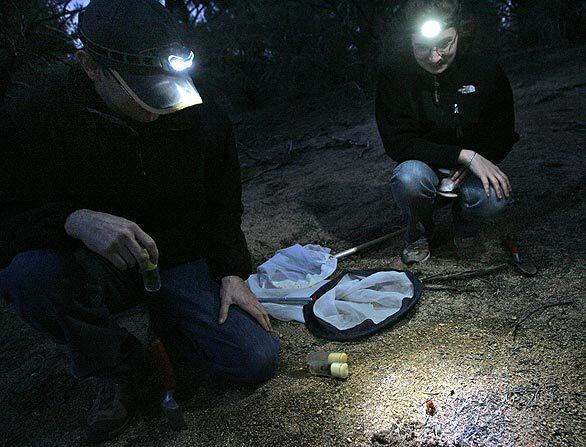
UC Riverside students Andrew Ernst, left, and Rebeccah Waterworth observe a pair of rain beetles in the Sierra’s Chimney Peak Wilderness. (Lawrence K. Ho / Los Angeles Times)
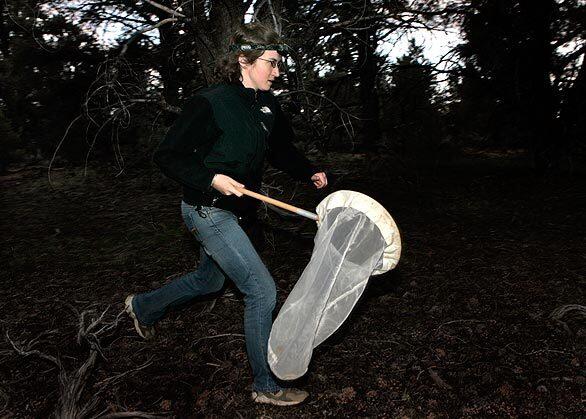
Rebeccah Waterworth chases rain beetles. (Lawrence K. Ho / Los Angeles Times)
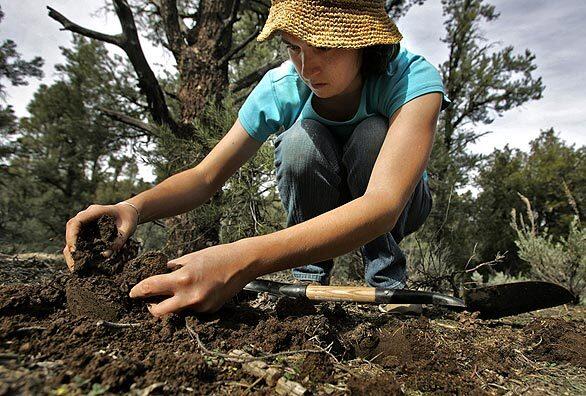
Rebeccah Waterworth inspects soil for rain beetles. (Lawrence K. Ho / Los Angeles Times)
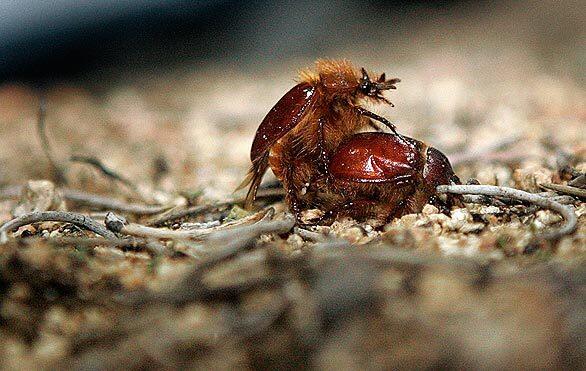
A pair of rain beetles mate in the Chimney Peak Wilderness on California’s Eastern Sierra slopes. (Lawrence K. Ho / Los Angeles Times)
Advertisement
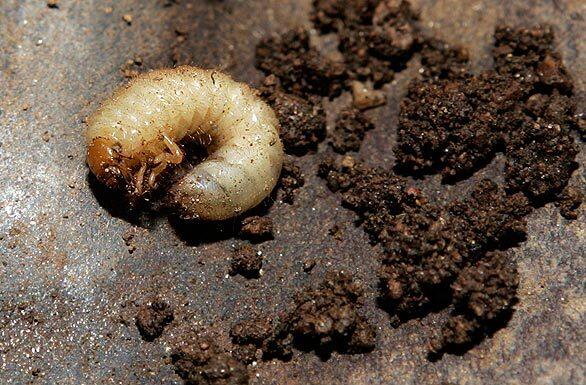
Rain beetles spend most of their lives as grubs, comma-shaped denizens of dirt. (Lawrence K. Ho / Los Angeles Times)
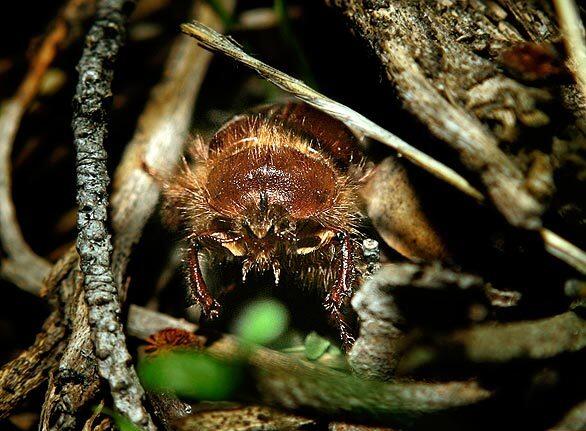
A male rain beetle digs for the female, following her pheromone to its underground origin. (Lawrence K. Ho / Los Angeles Times)
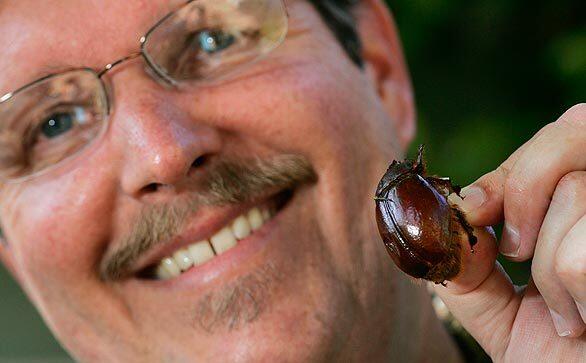
Beetle expert David Hawks of UC Riverside holds a female rain beetle. (Gina Ferazzi / Los Angeles Times)
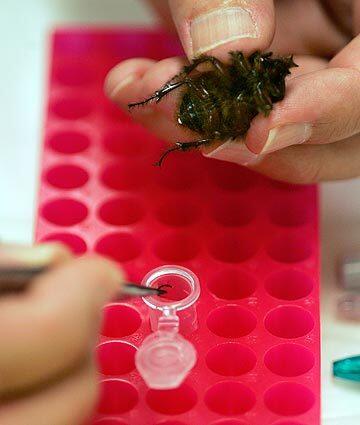
Beetle expert David Hawks of UC Riverside drops a tarsus (foot) from a rain beetle into a microcentrifuge tube that contains a liquid that will allow the DNA to be isolated and sequenced. Hawks uses DNA to identify specific species of the beetles. (Gina Ferazzi / Los Angeles Times)
Advertisement
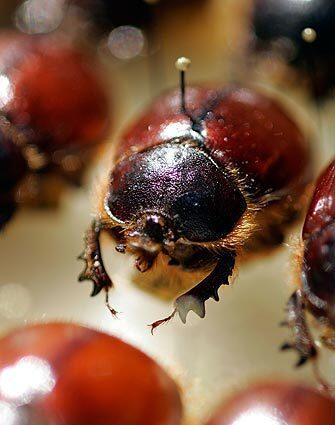
A female rain beetle is pinned in a display case. (Gina Ferazzi / Los Angeles Times)
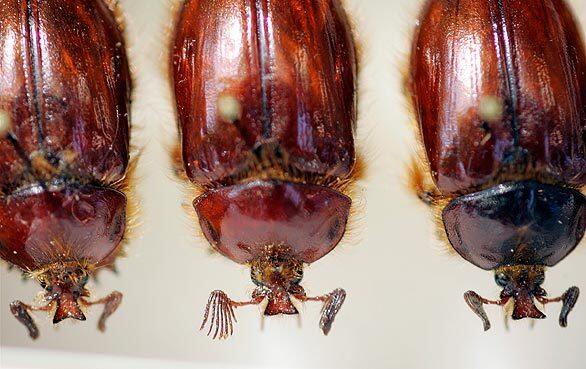
The antennal lamellae on the front of the male rain beetles are used to detect female pheromones. (Gina Ferazzi / Los Angeles Times)







